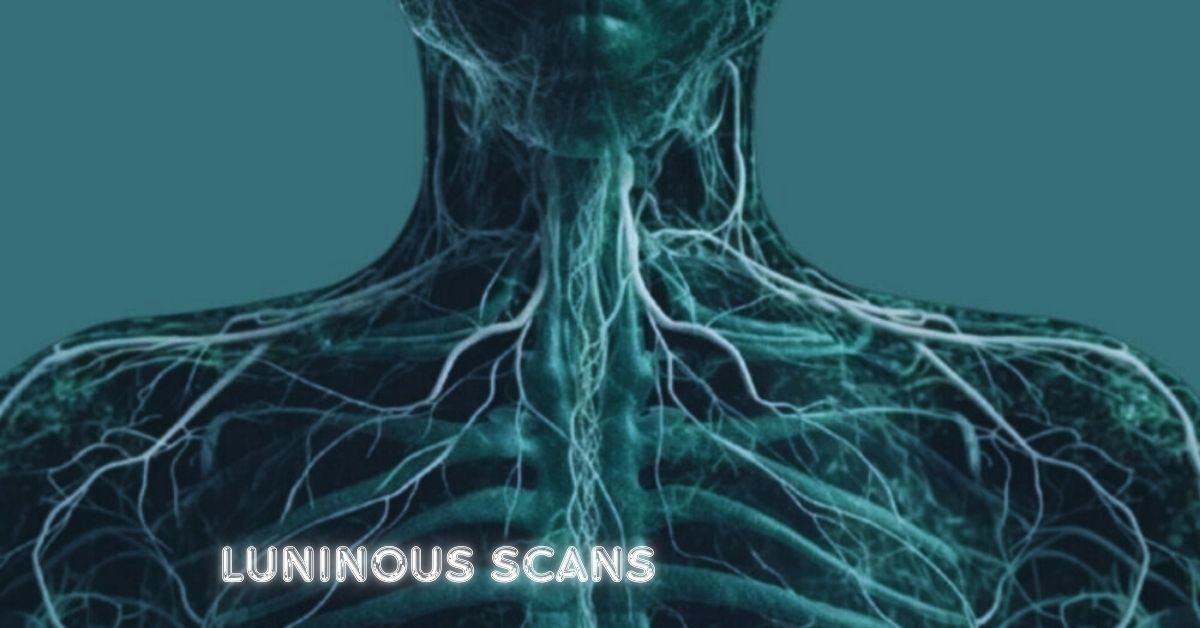Luninous scans, an innovative and evolving technology, play a crucial role in various fields, from medical imaging to environmental monitoring. This article explores the concept of luninous scans, their applications, underlying principles, advantages, and prospects.
Understanding Luninous Scans
Luninous scans refer to the process of capturing and analyzing light emissions from objects or materials to gain insights into their properties and characteristics. This technology leverages the principles of photonics, the science of light generation, manipulation, and detection, to provide detailed information about the subject being scanned.
The Science Behind Luninous Scans
At its core, luninous scanning involves the interaction of light with matter. When light strikes an object, it can be reflected, refracted, absorbed, or emitted. Luninous scans typically focus on emitted light, particularly fluorescence and phosphorescence, which occurs when materials absorb photons and re-emit them at longer wavelengths.
Types of Luninous Scans
Luninous scans can be categorized into several types based on their principles and applications:
Fluorescence Scanning
Fluorescence scanning, a key aspect of luninous scans, utilizes short-wavelength light to excite fluorescent materials, causing them to emit light at longer wavelengths. This method is widely used in biological research, medical diagnostics, and material characterization.
Phosphorescence Scanning
Phosphorescence scanning is similar to fluorescence but involves longer-lived excited states. This technique is valuable in security applications, such as anti-counterfeiting measures, where phosphorescent inks are used.
Reflectance Scanning
Reflectance scanning measures the intensity and spectrum of light reflected from an object. This method is commonly used in remote sensing and environmental monitoring to assess surface properties.
Applications of Luninous Scans
Luninous scans find applications across diverse fields:
Medical Imaging
In medicine, luninous scans play a vital role in imaging techniques such as fluorescence microscopy and positron emission tomography (PET). These methods enable the visualization of biological processes, aiding in diagnosis and treatment monitoring.
Environmental Monitoring
Luninous scans are employed in environmental studies to monitor pollutants, assess soil and water quality, and track changes in ecosystems. This application helps researchers understand the impact of human activities on the environment.
Material Science
In material science, luninous scanning techniques are used to analyze the optical properties of materials, investigate defects, and characterize nanostructures. This information is crucial for developing new materials with desired properties.
Art and Cultural Heritage
Luninous scans are increasingly utilized in the conservation of artworks and cultural artifacts. Techniques like infrared reflectography and ultraviolet fluorescence help art conservators analyze and restore paintings without causing damage.
Advantages of Luninous Scans
Luminous scanning technologies offer several advantages:
Non-Invasive
Many luninous scanning methods are non-invasive, meaning they do not alter or damage the sample being analyzed. This property is particularly beneficial in medical and conservation applications.
High Sensitivity
Luninous scans can detect low levels of light emissions, allowing for the analysis of trace materials and subtle changes in samples. This sensitivity is essential in fields like biomedical research, where detecting small amounts of a substance can be critical.
Real-Time Analysis
Luninous scanning techniques often provide real-time data, enabling immediate analysis and decision-making. This capability is valuable in dynamic environments, such as medical diagnostics and environmental monitoring.
Challenges in Luninous Scanning
Despite their advantages, luninous scans face several challenges:
Interference
External light sources and environmental factors can interfere with the measurements obtained through luninous scans. Researchers must carefully design experiments to minimize these effects.
Calibration
Accurate calibration of scanning equipment is essential for reliable results. Variability in light sources, detectors, and sample conditions can affect measurements, necessitating regular calibration.
Data Interpretation
Interpreting the data generated by luninous scans can be complex, requiring advanced algorithms and expertise in the respective fields. Effective data analysis is crucial for deriving meaningful insights from the scans.
Recent Advances in Luninous Scanning Technologies
Advancements in technology continue to enhance luninous scanning capabilities. Innovations such as improved detectors, advanced light sources, and sophisticated data analysis algorithms are pushing the boundaries of what can be achieved with luninous scans.
Multimodal Scanning
Recent developments have led to the integration of luninous scans with other imaging modalities, such as magnetic resonance imaging (MRI) and computed tomography (CT). This multimodal approach provides a more comprehensive view of samples, enhancing diagnostic accuracy and research outcomes.
Miniaturization
The miniaturization of luninous scanning devices is making this technology more accessible and portable. Handheld scanners and mobile applications are now available, enabling on-site analysis in various settings, from laboratories to fieldwork.
Future Directions in Luninous Scans
The future of luninous scanning holds exciting possibilities. As technology continues to evolve, researchers are exploring new applications and improving existing methods.
Integration with Artificial Intelligence
The integration of artificial intelligence (AI) into luninous scanning techniques is poised to revolutionize data analysis. AI algorithms can process large datasets quickly, identify patterns, and enhance predictive capabilities, enabling more informed decision-making.
Enhanced Resolution and Sensitivity
Future developments aim to improve the resolution and sensitivity of luninous scanning methods, allowing for even finer detail in analyses. This advancement could have profound implications in fields like nanotechnology and drug development.
Expanded Applications
Luninous scans are expected to find new applications in areas such as food safety, quality control in manufacturing, and personalized medicine. The versatility of this technology allows for its adaptation to various industries.
Ethical Considerations in Luninous Scanning
As with any technology, ethical considerations must be taken into account when employing luninous scanning techniques. Issues such as data privacy, consent in medical applications, and the environmental impact of scanning devices should be addressed to ensure responsible use.
Conclusion
Luninous scans represent a fascinating intersection of science and technology, offering valuable insights across diverse fields. As advancements continue to shape this technology, its applications are likely to expand, enhancing our understanding of the world around us. From medical diagnostics to environmental monitoring, luninous scans have the potential to drive significant progress and innovation, making them an essential tool for researchers and professionals alike.
luninous scans, with their non-invasive nature, high sensitivity, and real-time analysis capabilities, are poised to revolutionize various industries. The ongoing research and development in this field will further refine these techniques, paving the way for discoveries and applications in the years to come. As we continue to explore the possibilities of luminous scanning technology, it is essential to remain mindful of the ethical implications and strive for responsible innovation.
Read More: Vioprow: A Revolution in Modern Technology







